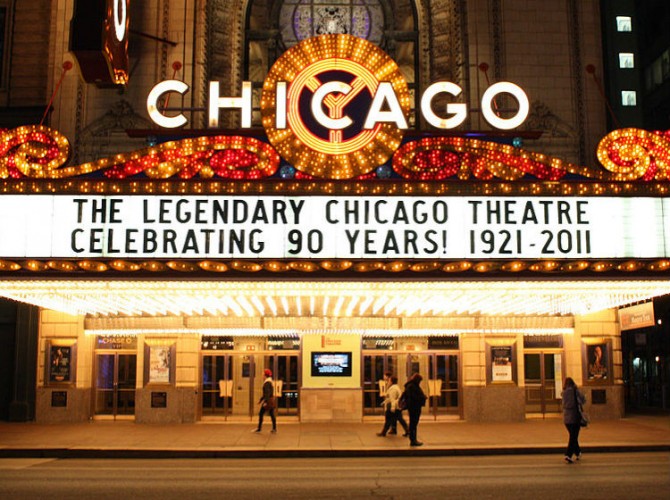The title for Chris Jones' new book, Bigger, Brighter, Louder, refers to a speech given by a New York director to his cast at the turn of the 20th century in preparation for the show's move to Chicago. Chicago audiences were not as sophisticated as East Coast ones, he posited, so the performers would have to exaggerate everything. The phrase could also refer to the Chicago theater scene's progress over the past 150-plus years. Jones' book covers the Chicago Tribune's notable reviews (with commentary) from the first review, placed beneath an announcement of hog slaughtering, to the Goodman's production of The Iceman Cometh with Nathan Lane and Brian Dennehy a few seasons ago. While necessarily an incomplete picture, the book manages to hit both the high and low points of Chicago theater.
There are some recurring themes, such as the importance of Chicago to certain playwrights and performers. A Raisin in the Sun premiered in Chicago, and the positive review from the Tribune was no small factor in its move to Broadway and subsequent acclaim. In the next century, Clybourne Park, by Bruce Norris and named after the nieghborhood the Youngers move to, opened in Chicago after doing well in New York and London. The playwright Eugene O'Neill found an advocate in Claudia Cassidy, the longtime staff reviewer, and Long Day's Journey Into Night is mentioned twice: once in 1958, and again in 2002, by Richard Christiansen. Neither, by the way, was particularly impressed by the actresses who played the critical role of Mary Tyrone.
So what's the appeal? Claudia Cassidy is always good for a snarky laugh. Richard Christiansen is more of a booster, willing to go outside the Loop. You can smell the history being made when you read the early reviews of Second City and especially Steppenwolf. If you've been lucky enough to attend some of the performances reviewed, it can be a trip down memory lane. If you haven't, maybe it's time you were a part of the next 150 years of Chicago theater.
More Chicago theater? Yes, please:
A Theater of Our Own by Richard Christiansen. A more straightforward history of Chicago theater, by the longtime staff reviewer of the Chicago Tribune.
The Second City by Sheldon Patinkin. A history of the iconic theater troupe by someone who was there from its inception.
Chicago Theater Collection, housed at Harold Washington Library Center, includes historic programs, journals, and archives of several companies and artists.



Add a comment to: Bigger, Brighter, Better: Chicago Theater